Highly Entertaining Croatia: Days of Slavonian Forests Festival
September 12, 2022 - Last weekend, the most significant event dedicated to the promotion of forestry and the forestry profession, but also small entrepreneurship, crafts, and OPGs, as well as numerous associations, was held in Našice - the 22nd Days of Slavonian Forests festival.
As Glas Slavonije writes, Našice celebrated the riches of the forest in full splendor with numerous festival events that were excellently prepared and organised this year by the City of Našice, the Našice Branch of Forest Administration, the Našice Branch of Matica Hrvatska and the Tourist Board of the City of Našice.
The most interesting and dynamic was on Saturday, when after the ceremonial opening in the park, a forest workers' competition, a shepherd's cooking competition, a crafts fair, and a fair of products and services of rural Slavonia were held.
The event was opened by the envoy of the Croatian Prime Minister and State Secretary of the Ministry of Labour, Pension System, Family and Social Policy, Dragan Jelić, emphasising the importance of forests and forestry. #What should be emphasised is that forests are a huge natural resource. In our country, forests and forest land occupy 47 percent of the national land area, of which 78 percent is owned by the state, and 22 percent is owned by private forest owners. In addition to 8,000 people who work directly in Croatian forests, another 25,000 of them work in the wood industry", State Secretary Jelić pointed out.
The director of the Forestry Sector of Croatian Forests, Krešimir Žagar, also attended the event, pointing out that the backbone of the festival is the foresters' competition, which is extremely interesting for visitors, and that this year the best forest workers from six Slavonian forest administrations would compete and demonstrate their skills.
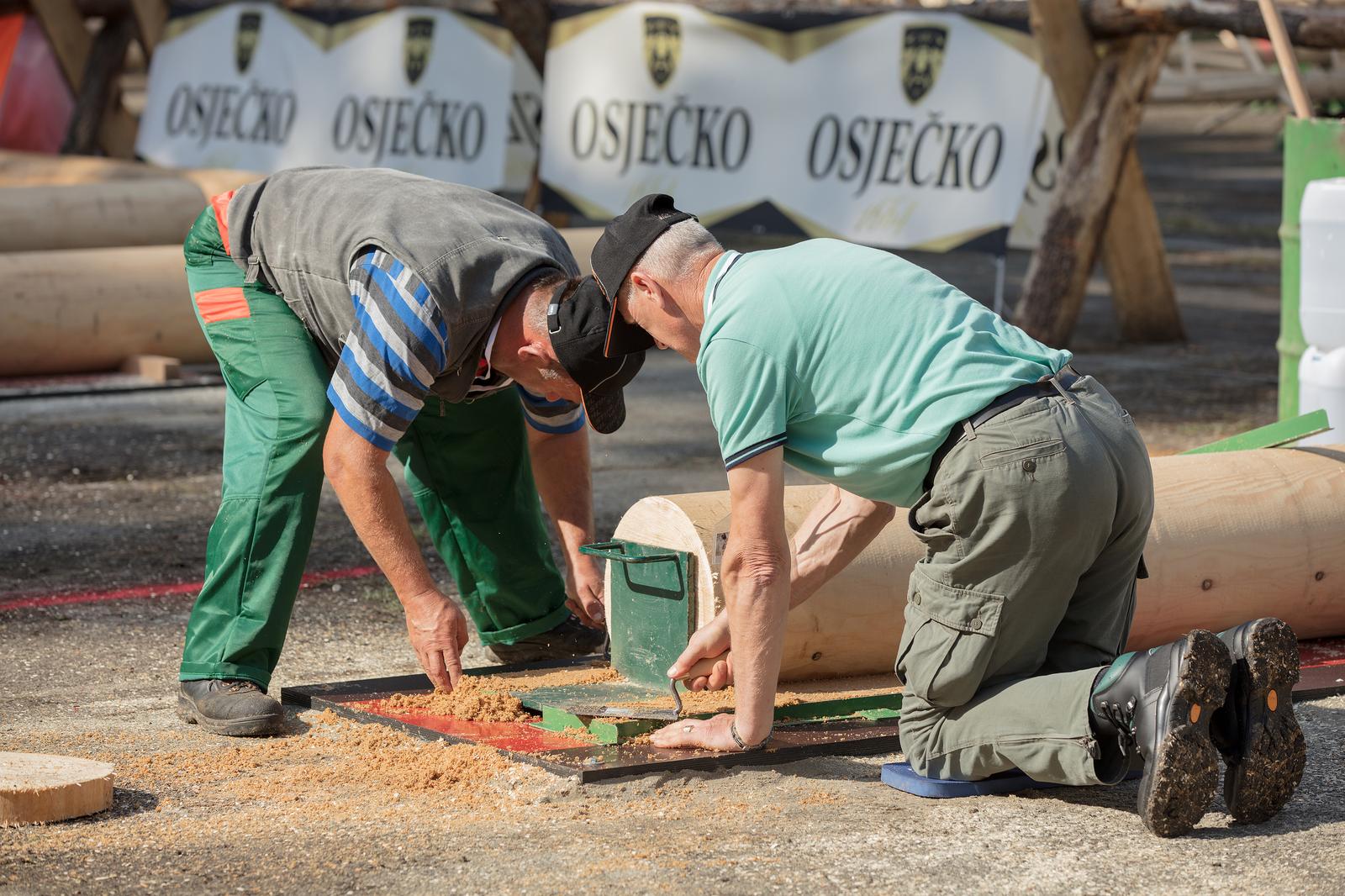 Dubravka Petric / Pixsell
Dubravka Petric / Pixsell
Deputy Prefect Josip Miletić also spoke, who said that the Days of Slavonian Forests are the pride of the City of Našice and Slavonia.
"The festival has become a valuable event for the gathering of our citizens. It is not only important for the town of Našice, but for the whole of Slavonia" said Miletić, deputy prefect of Osijek-Baranja.
The mayor of Našice, Krešimir Kašuba, extended a warm welcome. "Našice is celebrating 793 years of its existence with a series of events, and the Days of Slavonian Forests festival is the central event. This event is extremely important for our city because it has an economic and promotional feature. The event promotes the heritage of our region, forestry, but it also has a cultural, sports, entertainment, and gastronomic character", said mayor Kašuba.
After the official opening, there was a competition of professional woodcutters from six Slavonian forest administrations - Nova Gradiška, Požega, Vinkovci, Osijek, Slatina, and Našice. Foresters competed in handling a chainsaw (turning the guide bar), felling a tree with a chainsaw, and felling a tree with an axe, while cutting with a two-handed saw was organised for the citizens. In the discipline of turning the guide bar, the fastest was Ante Zadro (UŠ Vinkovci), the second Mihael Dobenko (UŠ Nova Gradiška), and the third Đuro Korman (UŠ Požega). When it comes to felling a tree with a balloon saw, the best was Božidar Stipčević (UŠ Osijek), followed by Ivica Kovčević (UŠ Nova Gradiška), and third place went to Šime Beštek (UŠ Slatina). Marija Cingel (Orahovica Forestry) was the most successful in felling a tree, Miran Kiseljak (Donji Miholjac Forestry) won second place, and Josip Mihaljević (Đurđenovac Forestry) took third place.
Recognitions and awards were presented by the director of the Forestry Sector of Croatian Forests, Krešimir Žagar, the head of the Našice Forest Management Vlado Keglević, and the mayor Krešimir Žagar. As Vlado Keglević, head of UŠ Našice, said at the end, this is a joint festival of foresters and citizens who are an inseparable symbiosis of tradition, and that is priceless.
The director of the Našice Tourist Board, Ines Resler, also expressed her satisfaction with the attendance of the event, who said that at the festival, one could see a colorful range of products, along with essential socializing and fellowship.
For more, make sure to check out our dedicated Lifestyle section.
Slavonian Truffle to Round off the Region's Gastro Offer
April 23, 2022 - Slavonia is a region in the far east of Croatia, known for its golden plains, kulen, rakija, and truffles... wait. Well, maybe not just yet, but yes, truffles could become another reason to visit and discover this area. Though Istria is considered to be the Croatian queen of truffles, Slavonian forests are, apparently, just as rich with the fancy fungi.
As Glas Slavonije writes, Željko Labaš follows the situation in the forests of the Bizovac region and its surroundings with great love and attention.
Truffles were sought in this area as early as 1777.
"Due to its geographical position, it is understandable that seekers in Istria were the first to find out about the value of truffles, and I would say that they also had good marketing, so they raised their white truffles to the world level and are able to price them from one hundred to several thousand euros per kilogram, depending on quality. However, although the first written trace of truffle hunting in Istria dates back to 1924, Slavonia has a great advantage, because the Austro-Hungarian imperial governor Otto von Tauben mentioned the search for truffles in this area in 1777", Labaš reveals.
According to him, when our ancestors took their pigs to graze in Slavonian forests, they noticed that the pigs with their extraordinary sense of smell, in addition to acorns, would find some "tubers" and eat them with great pleasure. And while there was no particular reaction to this in the area, the Istrians decided to get dogs from Italy to look for truffles and start a big business.
A few years ago, however, there was a change in the research and search for truffles. Istrians kept their brand of white truffles, but enthusiasts in the Pannonian area from the Sutla to the Danube came to their senses and confirmed that Pannonian forests are richer in truffles than Istria, particularly black truffles. Željko Labaš says that Varaždin County has gone the furthest, and at the request of the Novi Marof Tourist Board financed four months of research during which it was determined that there are as many as four species of black truffles in Kalnik and the surrounding forests. During the Boletus Days festival in Paka, there was a demonstration exercise for finding truffles, and these fungi were included in the gastronomic offer especially appreciated by Germans, visitors to local holiday homes. The search began in Petrinja, through the Lonjsko Polje Nature Park, where the Russula mushroom association successfully finds truffles.
Poor man's truffle
"Veterans of the homeland war joined in the truffle search as, they say, there is no better therapy for PTSD - outdoors, active, with your best friend, a dog, enjoying an unsurpassed sense of freedom. I must also mention Matija Josipović, the author of several manuals and a great connoisseur from the area of Kutina - Novska. The truffle connoisseurs closest to us are Hrvoje Knežević from Našice, who works with the Mushroom Association on a beautiful and well-attended exhibition of Slavonian forest mushrooms, and Darko Adamović from Koška, with whom I have worked for years and he has always got beautiful mushrooms, chanterelles and black trumpets. I state this information because, in Europe, these black trumpets are known as the "poor man's truffle", since they have the same effect as the famous Istrian white truffle, which is considered an aphrodisiac", says Labaš.
Unlike Boletus mushrooms, truffles can also be artificially grown on the roots of hazelnuts or hornbeams, which requires a lot of knowledge and patience.
"It took us a whole century to understand the wealth of Slavonia from the Austro-Hungarian Monarchy. All this, thanks to persistent enthusiasts - from top wines, to old cattle species, today we can round off the beauty of Pannonia with the addition of truffles to its gastronomic, tourist, and recreational offer", comments Labaš.
When it comes to ways of finding this prized and expensive delicacy, Labaš prefers specially trained dogs.
"Every hunting dog can be trained to look for truffles, but the Lagotto Romagnolo breed is the most skilled. These dogs have a long history in hunting from the 15th century as the so-called water dogs who used to pull the hunted game out of the water. At one point, someone realised that because of their exceptional sense of smell they could also be used to search for truffles. The price of a Lagotto Romagnolo is acceptable these days, starting from 500 euros. These small, shaggy big-eyed puppies are incredibly lively and adore their owner and families. Their training is a little different from training dogs to search for mines and narcotics. It consists of several phases, and from the beginning, the owner must be with the dog at all times. An introduction follows to the forest, the smell of truffles, and how to act when you find it. Training is the most expensive part, so the price of a well-trained truffle-seeking dog reaches that of a good car" says Labaš, adding that pigs can also be trained to search for truffles because they have a better sense of smell, the disadvantage being that they don't really like sharing the yummy mushroom, and it could be complicated to transport them through forests.
For more, make sure to check out our lifestyle section.
Croatia Marking International Forest Day
21 March 2022 - International Forest Day, 21 March, this year focuses on the theme "Forests and sustainable production and consumption", to warn that forest renewal and sustainable management helps fight climate change and crises that occur due to the loss of biodiversity.
Forests are threatened by climate change, wildfires, water disruptions, bacteria, fungi, and air, soil and water pollution.
Globally, the loss of forests will continue due to climate change despite efforts to reduce greenhouse gas emissions, which is why sustainably managed forests fulfil all generally useful functions and produce goods and services for the integral sustainable development of communities.
The Hrvatske Šume state-owned forest management company notes that there is no fear of forest loss in Croatia because the country manages its forests and forest land in a sustainable way, in line with 10-year plans.
Wood resources are used to the extent that does not threaten the survival of forests, which is why in Croatia fewer trees are felled annually than are planted, Hrvatske Šume notes.
Forests and forest land in Croatia account for 49.3% of the country's land area. Of that, 76% is owned by the state and 24% by private forest owners.
Forests in Croatia 95% natural
The main trait of Croatian forests is that they are 95% natural, unlike many European forests that have been turned into plantations and monocultures.
"That is why Croatia's natural forests are admired by Europeans and that is why they are home to numerous rare plant species and the three largest European predators - the brown bear, the wolf, and the lynx," Hrvatske Šume says.
A report on the state of nature in Croatia for the period from 2013 to 2017 shows that 98.88% of forests are excellently or well preserved.
Private forest owners, however, warn that the EU is 'punishing' Croatia for the good state of its forests and that its strategies, which are based on the EU Green Deal, will negatively affect forest management sustainability because they give priority to the environmental aspect over the economic and social aspects, which, they say, will cause a drop in production and loss of jobs in the sector.
PHOTOS: Extraordinary Plants of Klis Fortress Show Two Sides of Dalmatia
January 2, 2021 – High on the mountains, overlooking the city of Split, the historic settlement of Klis stands on the border between two distinct climate regions – the Mediterranean and the Dalmatian hinterland. The sometimes rare and extraordinary plants of Klis Fortress are characteristic of both. A new book details the flora you can find on both sides of the Dinaric Alps
The views from Klis are spectacular. The great city of Split lies below you, perched on the edge of the glistening Adriatic, beyond it, the islands of Čiovo, Šolta, Brac, Vis and Hvar. It's a view that has been admired for over 2000 years.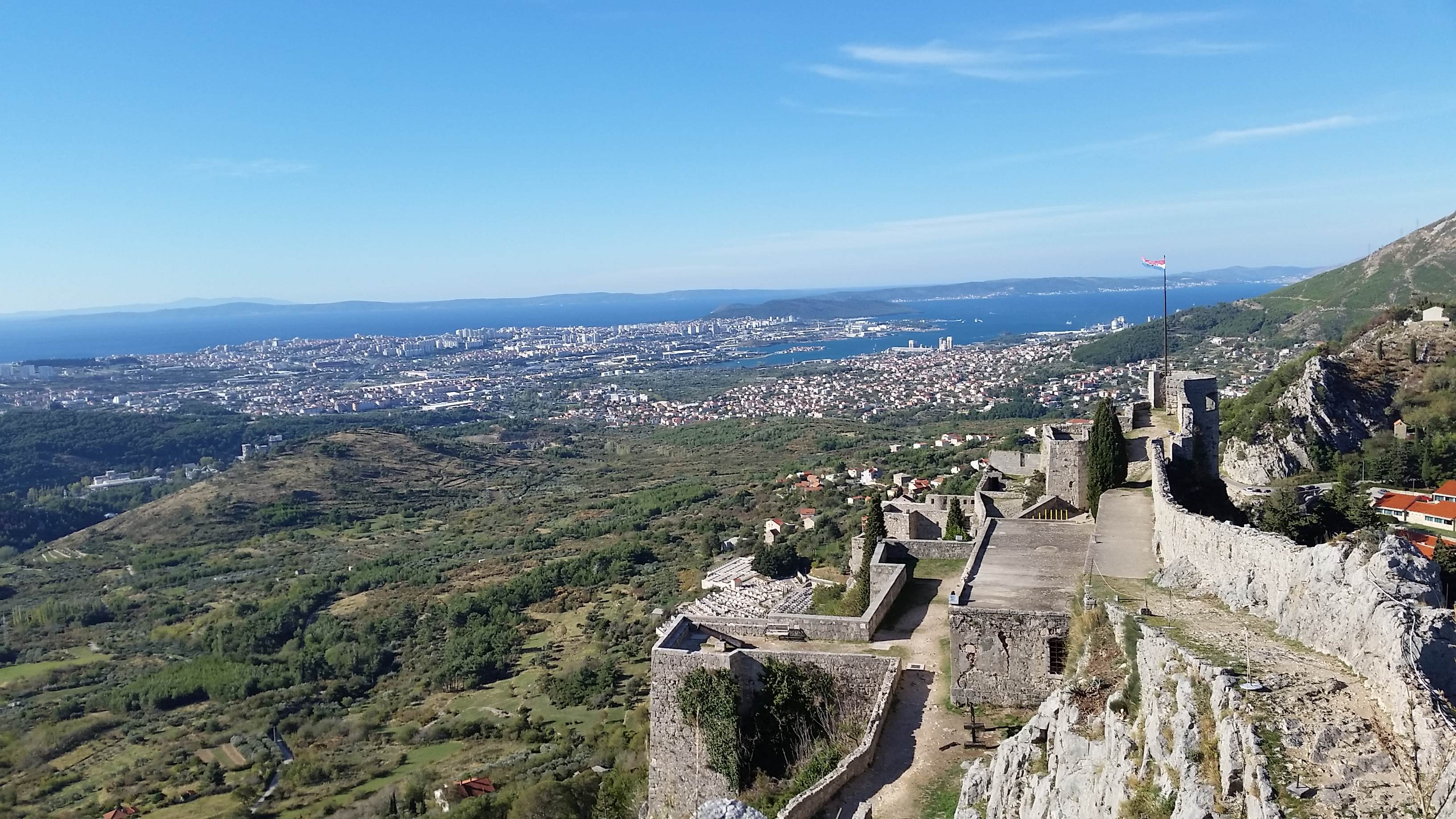 The view from Klis Fortress
The view from Klis Fortress
That's how long a fortress has stood here. Restructured and rebuilt several times over the millennia, within the walls of the impressive Klis Fortress lie much of the recent history of these lands – of the Illyrians and the Romans, the arrival of both Slavic people and of Christianity, the defence of Christian Europe from the Ottomans. So steeped in history are these walls, little wonder the fortress was chosen as a filming location for the popular Game Of Thrones series.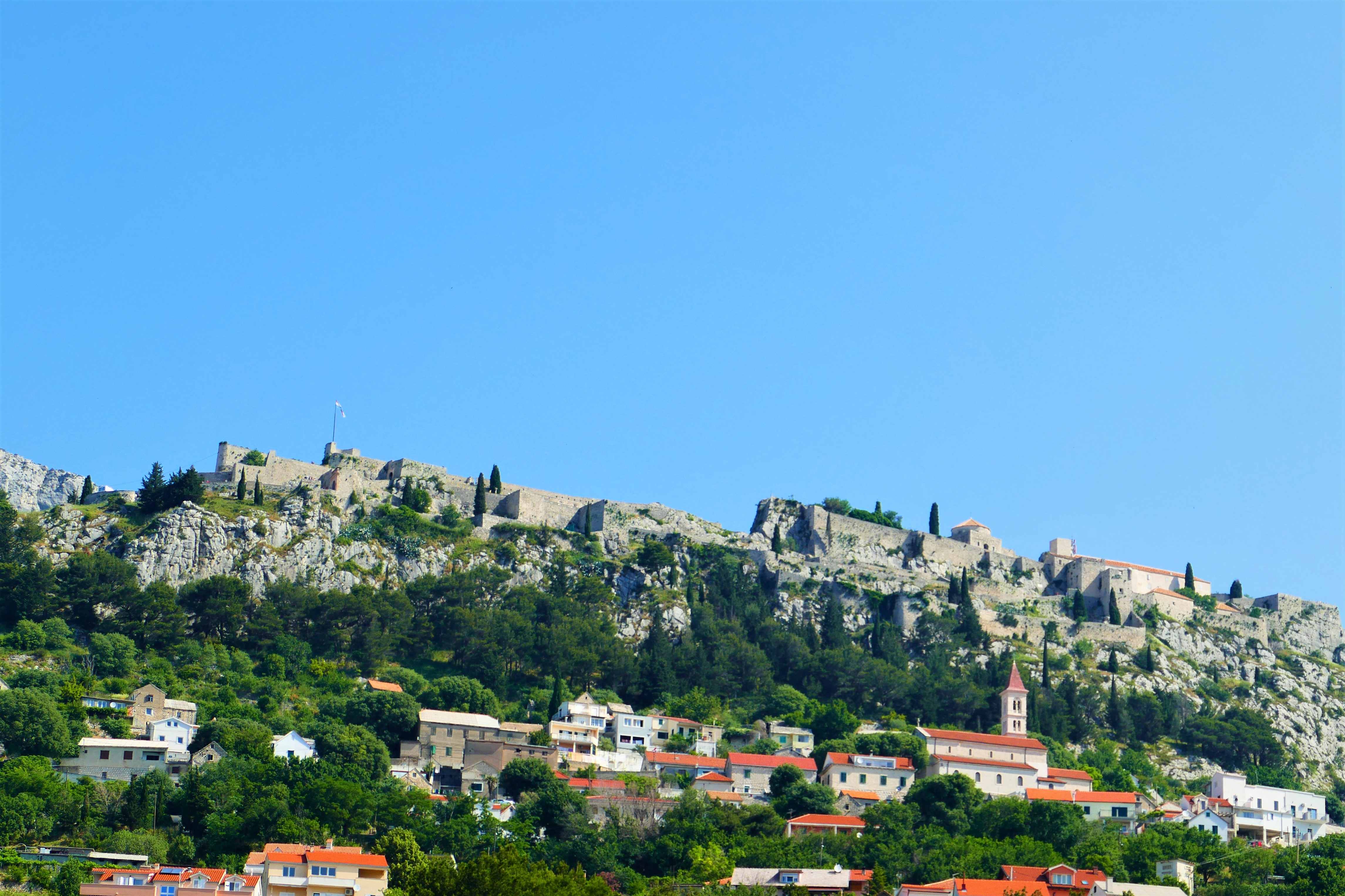 Klis Fortress
Klis Fortress
With its view so irresistibly inviting the eye, you could be forgiven for missing the plants of Klis Fortress. That's unfortunate. The fort straddles the top of the Dinaric Alps – one half existing within the sub-Mediterranean climate of the Dalmatian hinterland, the other on the distinctly warmer side of the Adriatic. This creates a unique environment for a wealth of flora. Not used as a fortress since the threat of Ottoman invasion subsided, these days the structure usually welcomes only tourists. The plants of Klis Fortress have reached into the grounds of the buildings, indeed into its very walls.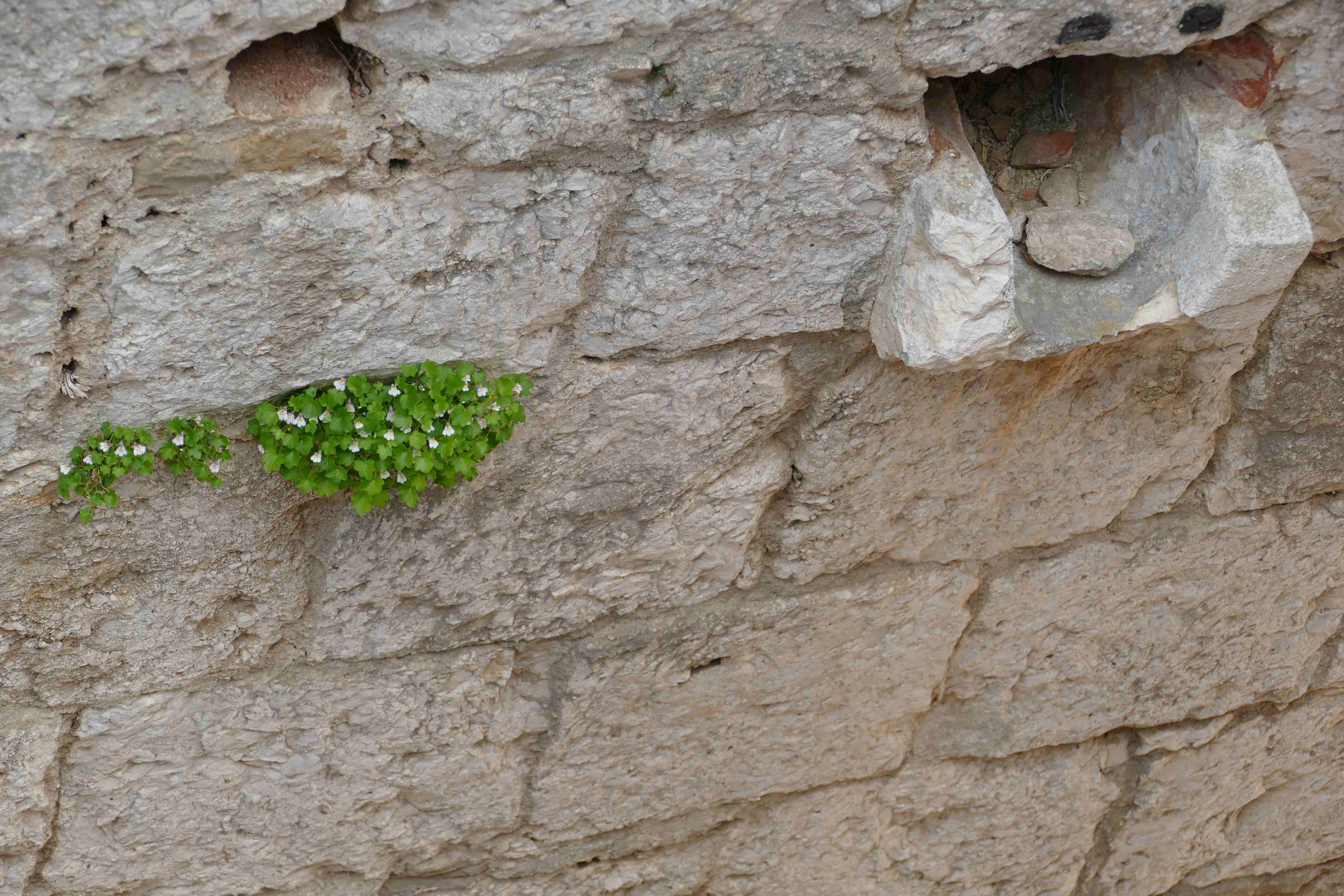 Cymbalaria muralis - Ivy Leaved Toadflax within the walls of Klis Fortress
Cymbalaria muralis - Ivy Leaved Toadflax within the walls of Klis Fortress
One person for who the plants of Klis Fortress did not go unnoticed is Ivan Limić. He lived in Klis all of his life, before leaving to get his degree, then a masters, at the Forestry department of the University of Zagreb. Today, he works for the Institute for Adriatic Crops and Karst Reclamation (IAC) on a PhD student's position. Having a specific interest in botany, he knows the plants of Klis Fortress better than most and after he met botanist Vedran Šegota of Herbarium Croaticum while in Zagreb, they decided they should work on a project together. After several years of work, that project - a book, 'Biljke Tvrdave Klis (Plants of Klis Fortress)' – has finally been released. Although helmed by co-authors Vedran and Ivan, it has actually been a project that involved a much greater group of contributors, not least the community of Klis and some of the best botanists in Croatia.
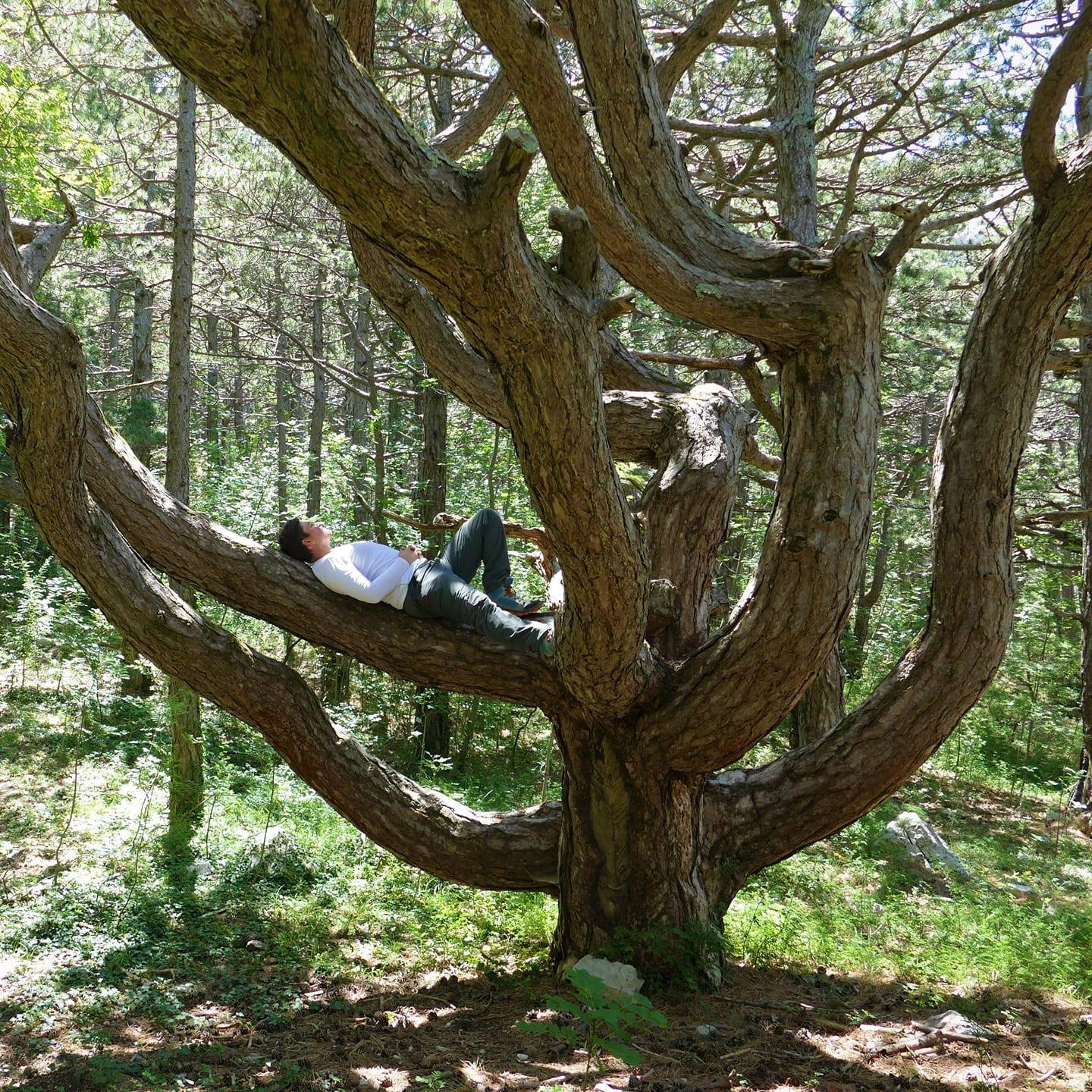
Ivan Limić, co-author of 'Plants of Klis Fortress', relaxing in a Black Pine
TCN talked with Ivan Limić to find out more about the book and about the plants of Klis Fortress
I first met Vedran when I started volunteering at Herbarium Croaticum Zagreb. I was in the city doing my degree. My main interests are forest silviculture and soil erosion, karst melioration, assessment of atmospheric deposition, study of flora, plant determination in Mediterranean region forest ecosystems and the effects of forest fires in those areas. We talked about doing a joint project because we shared similar interests. Vedran came to visit me in Klis and I wanted to show him around the fortress, but looking specifically at the flora. That's when we decided we should do a book about the plants of Klis Fortress.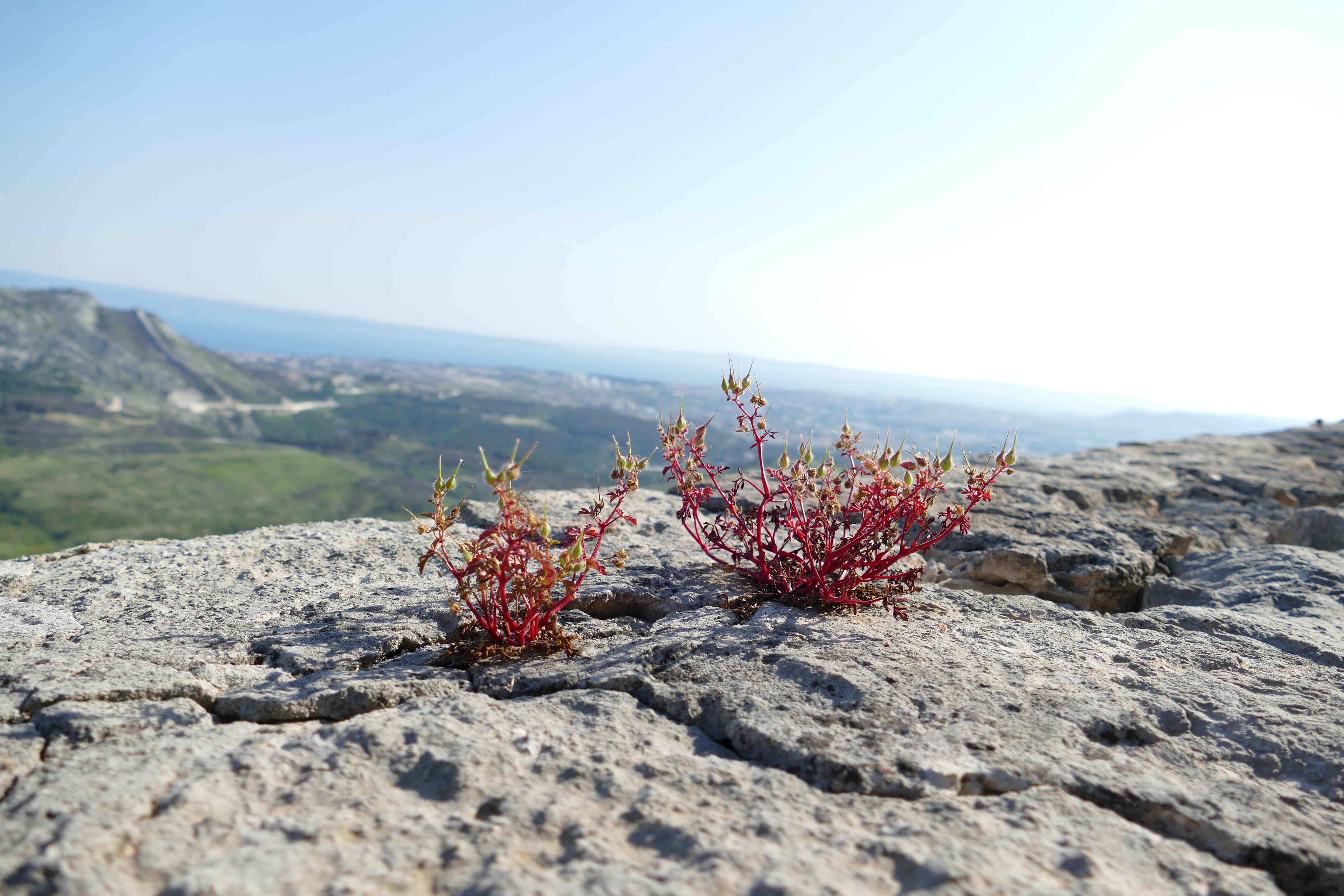 Geranium purpureum, the little-robin
Geranium purpureum, the little-robin
I walked around Klis Fortress all my life. When you live in a place, you not only acquire so much information about that place over the years, you also have an emotional connection to it. That's not something you can read in every book. Hopefully, with our book, we managed to get a sense of that emotional attachment across, so that you can really feel the place.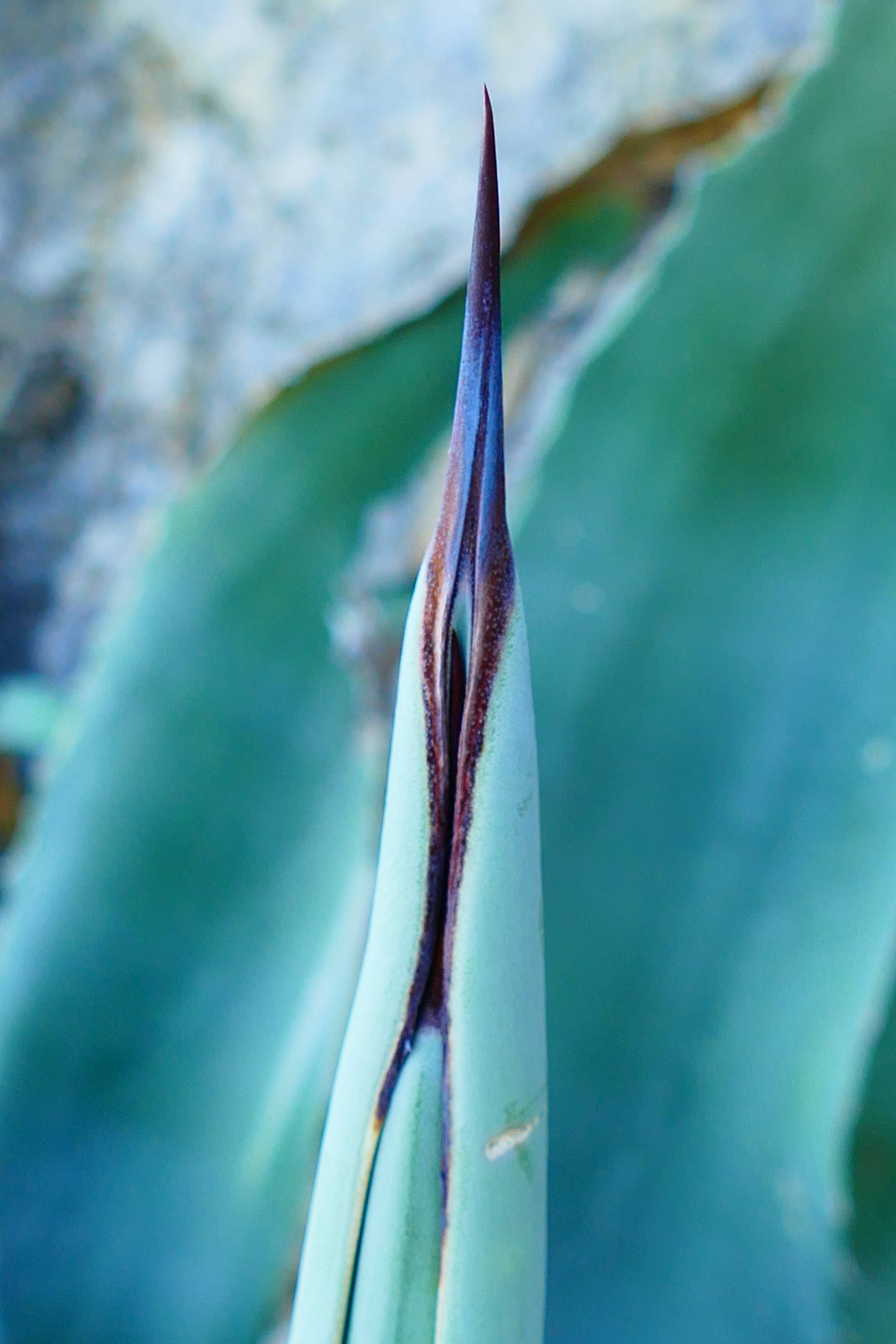 Agave americana
Agave americana
In a way, the special thing about the plants of Klis Fortress is that they are not so special at all – they are extremely characteristic. But, they are characteristic of two completely different climate regions.
On the south side of Klis Fortress, it is very warm and sunny – the Mediterranean climate. You can find species like Aleppo pine. On the northern side of Klis Fortress, it is colder – the sub-Mediterranean climate. Here, you can even get snow in winter and the most common species is Black pine. Two completely different climate regions in just a 50 metre stretch diagonally along the ground. That's what makes it extraordinary.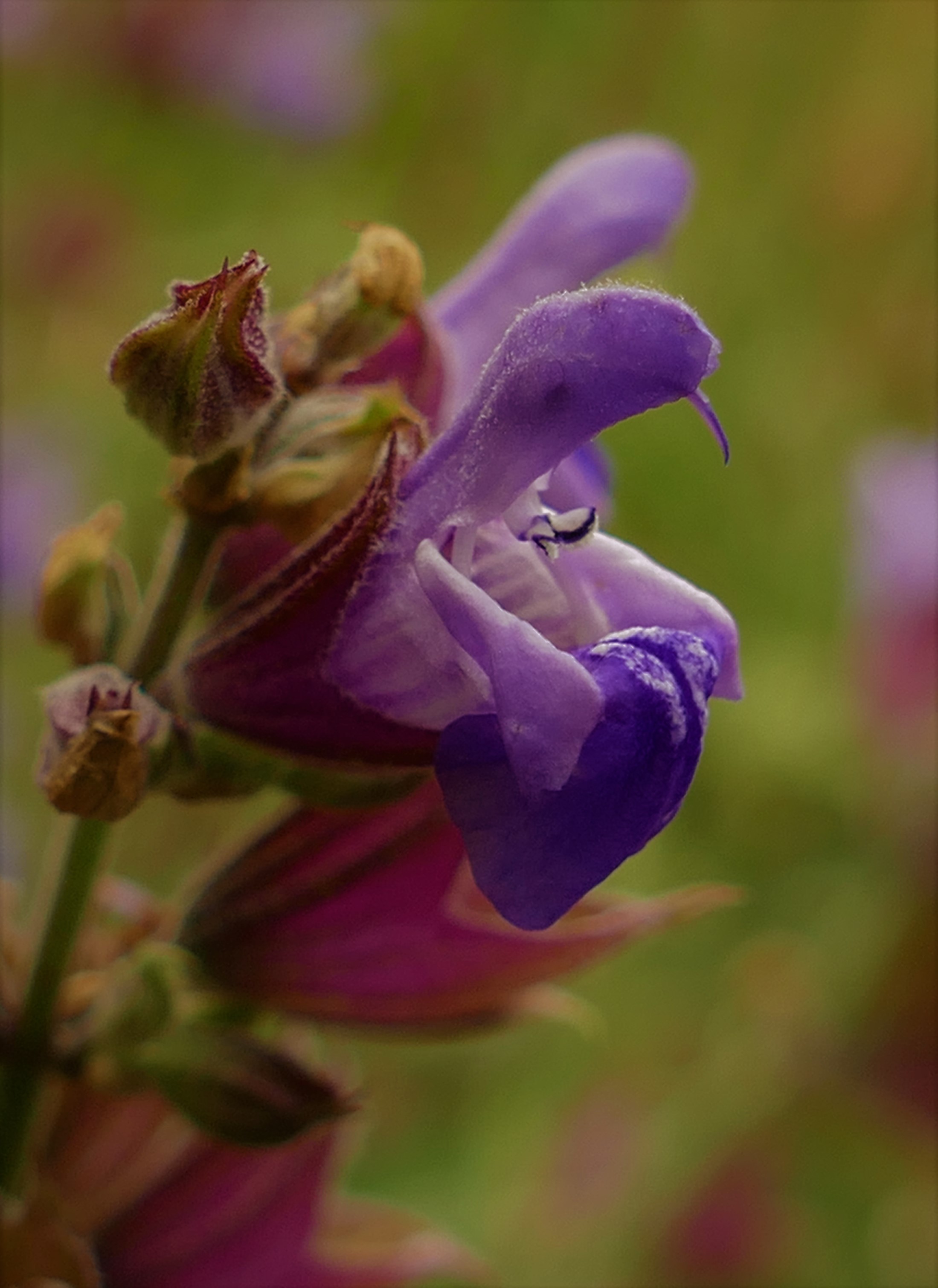 Salvia officinalis (sage)
Salvia officinalis (sage)
The plants of Klis Fortress include more than 300 species. We have around 100 of them listed in the book. Of those, 16 are species endemic to this area. Some of those are extremely rare - you can find them in very few places in Croatia - such as Fibigia triquetra. That plant is actually one of the reasons why this book exists. When I was a child, people used to tell me that some of the plants of Klis Fortress were very unusual and very rare. I used to walk around the fortress, looking at all the plants, trying to guess which ones were the unusual and rare species.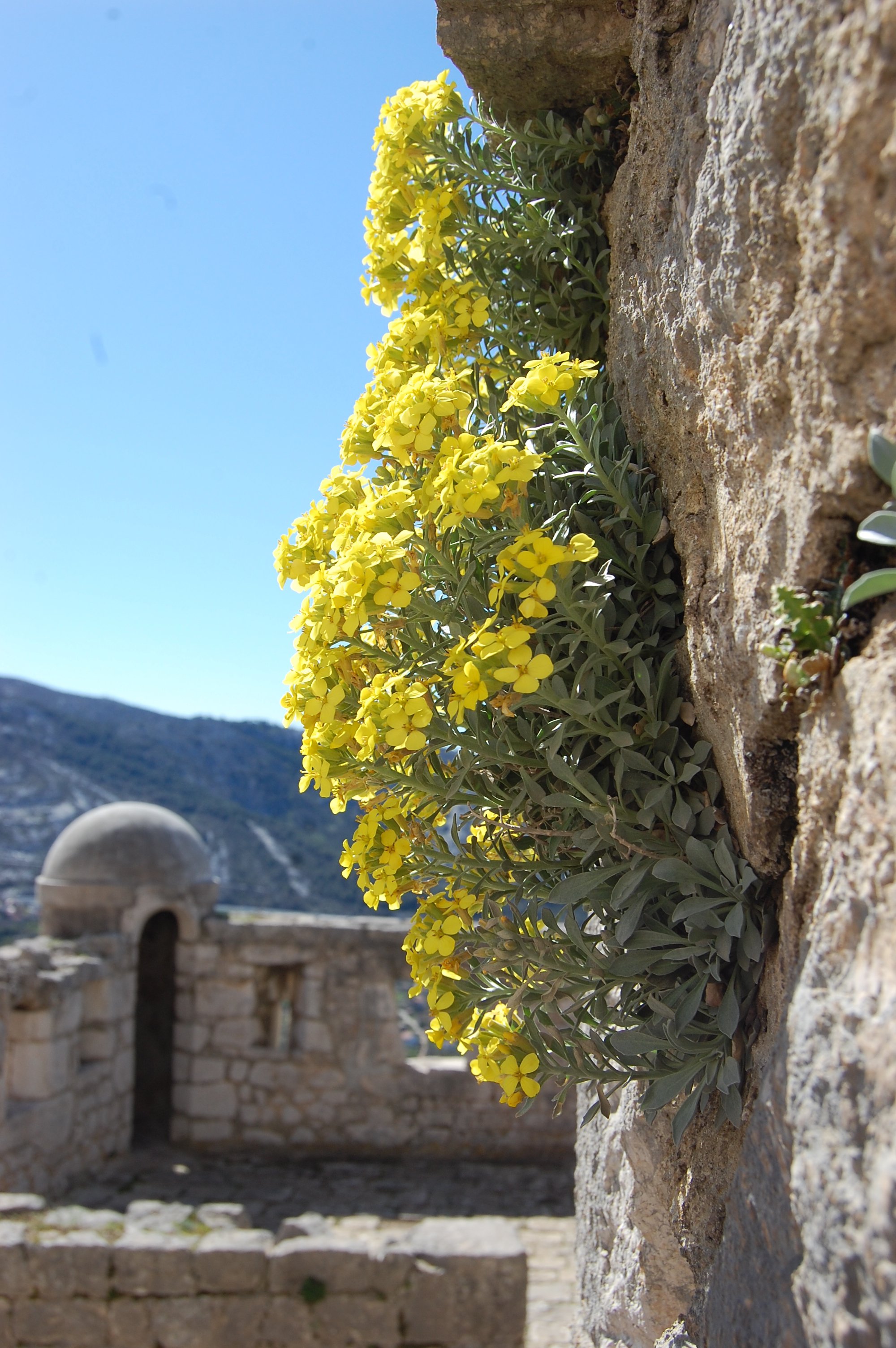 Fibigia triquetra
Fibigia triquetra
The man who first identified this as a unique, endemic species actually discovered his first specimen inside Klis Fortress. All of the studies and writings he made about the plant were done here. That plant is now the symbol of Klis Fortress.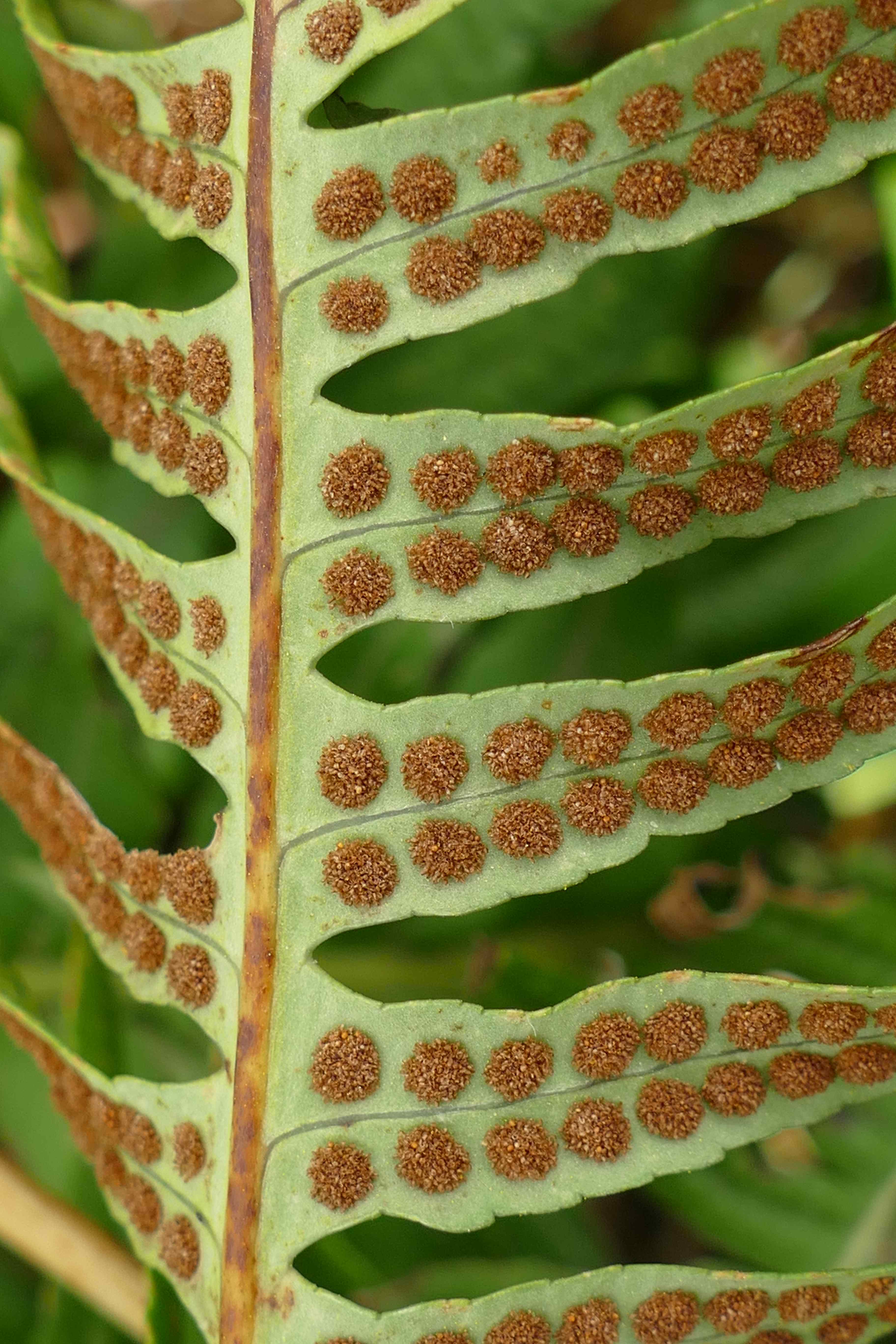 Polypodium cambricum
Polypodium cambricum
You can find our book in Klis library. Anyone can borrow it. It's also available at the entrance to Klis Fortress, where you buy the tickets. We wanted to give the opportunity to anyone who comes here to learn about the plants of this region – that's why we made such an effort to have the book in five languages. It was designed as a guide to the plant species of the whole Mediterranean mountain region in Croatia, so it's not just for the plants of Klis Fortress or the people who come to Klis Fortress itself.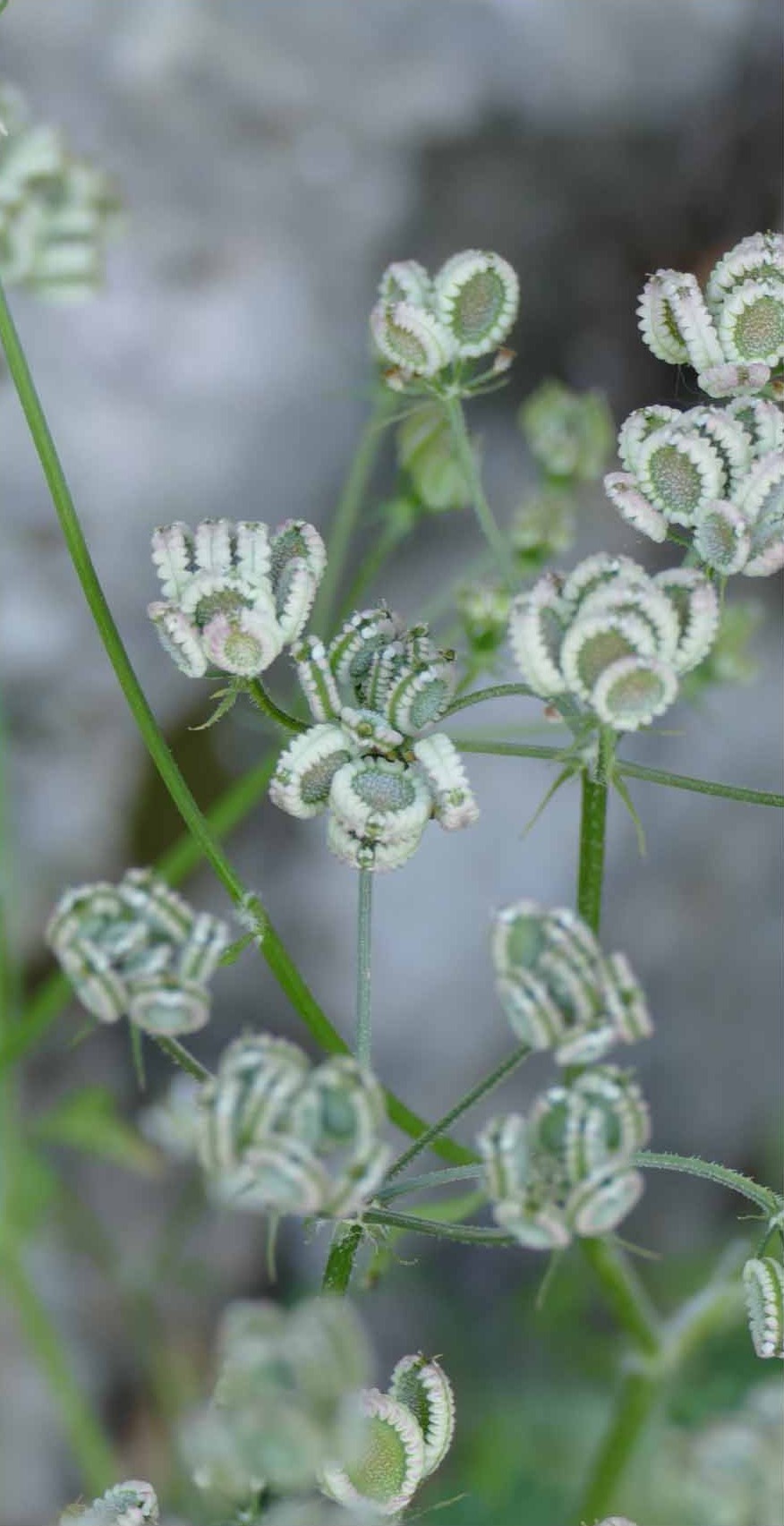 Tordylium
Tordylium
Most of the photography in the book was done by ourselves. It was important to take the photographs across four different seasons. That's one of the reasons it took almost two years to write this book.
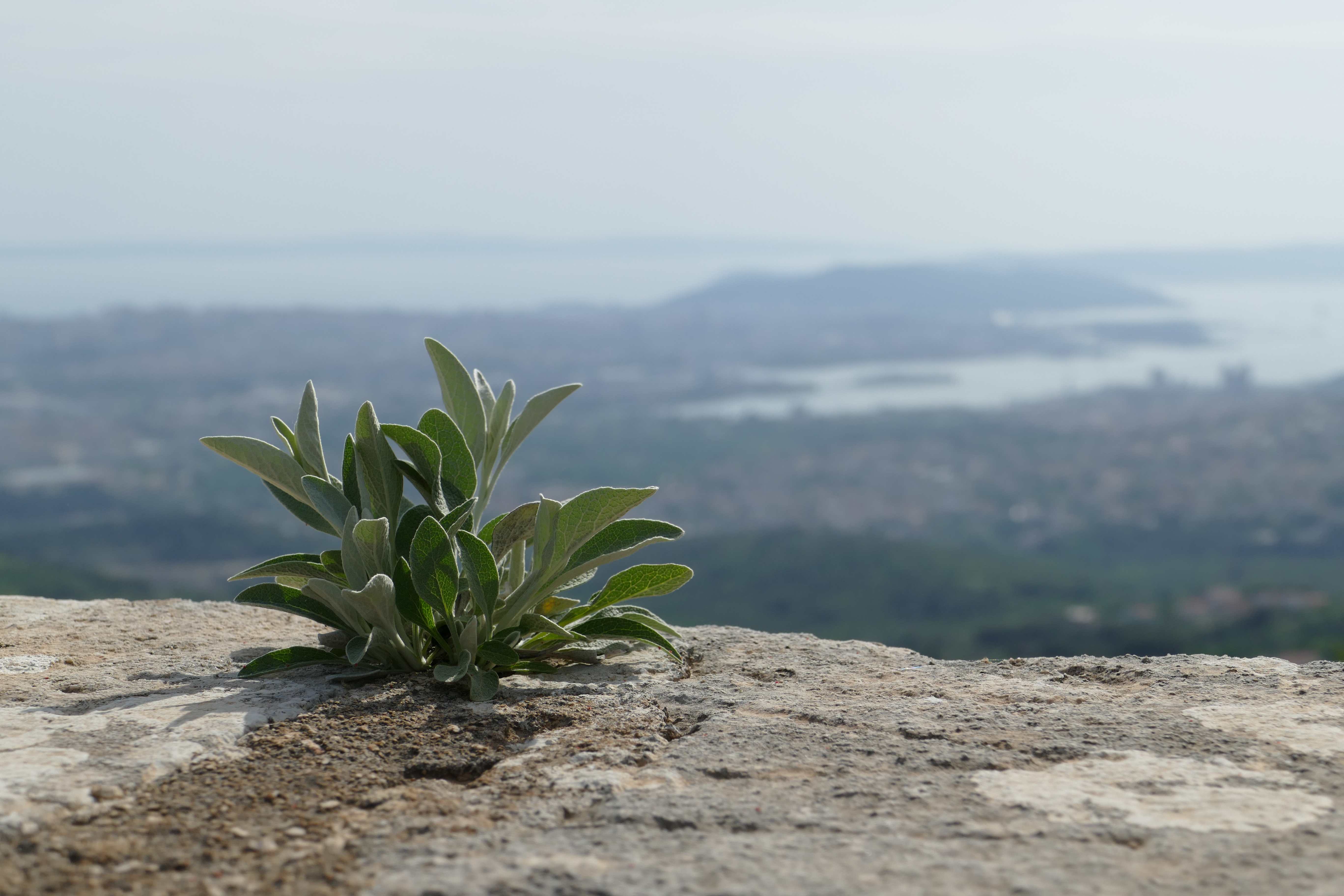 Inula Verbascifolia
Inula Verbascifolia
As we were making progress on the book, people in Klis began to find out what we were doing. It ended up becoming a project of the wider community. The mayor of Klis supported the project financially so that we were able to publish the book professionally and the library of Klis edited and published the book.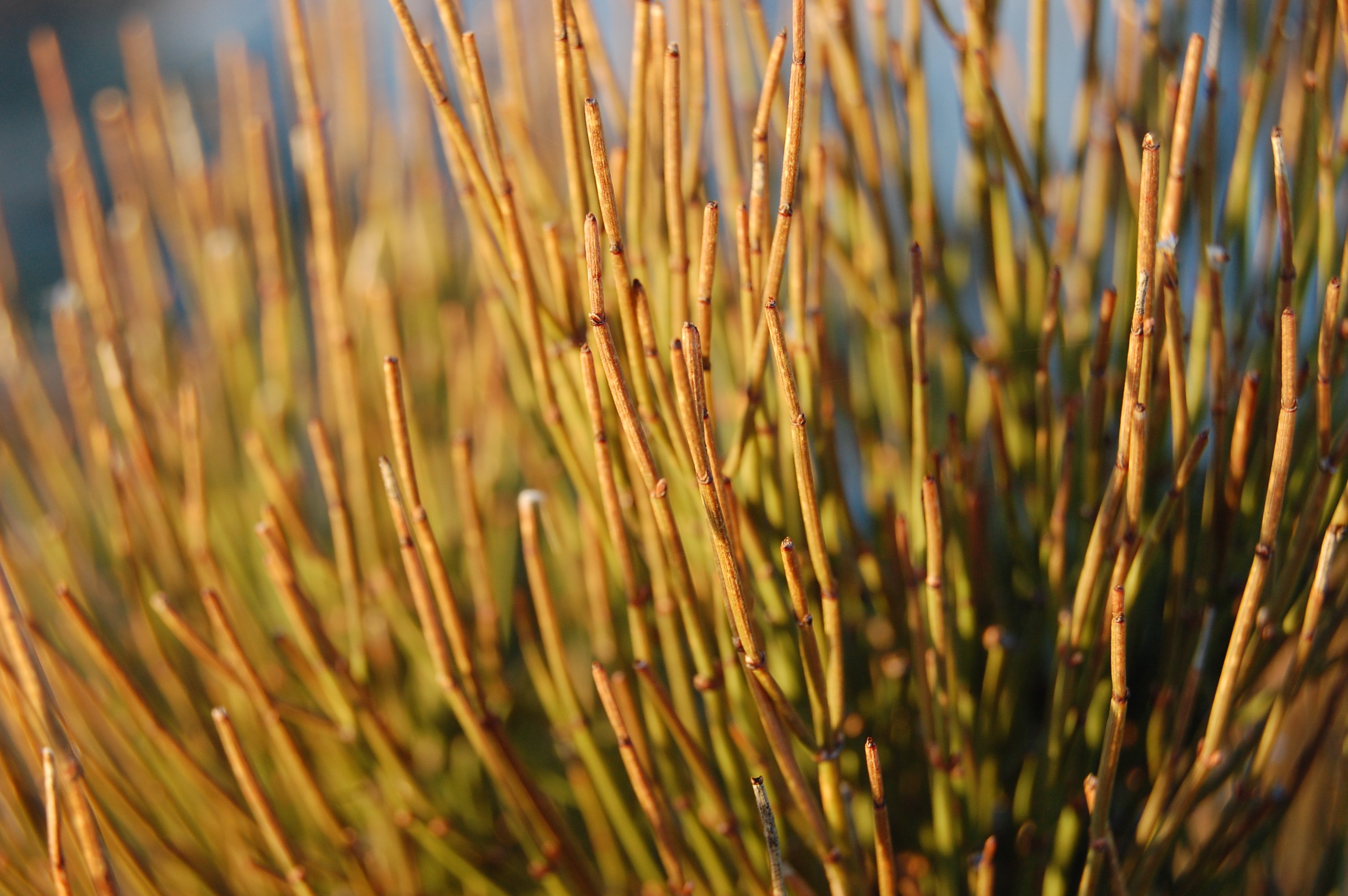 Ephedra major
Ephedra major
Others contributed to the design of the book and the translations, of course. Almost all of them donated their time and work to the project for free. It is quite difficult to translate some of this specific text correctly and we wanted to get it absolutely right. 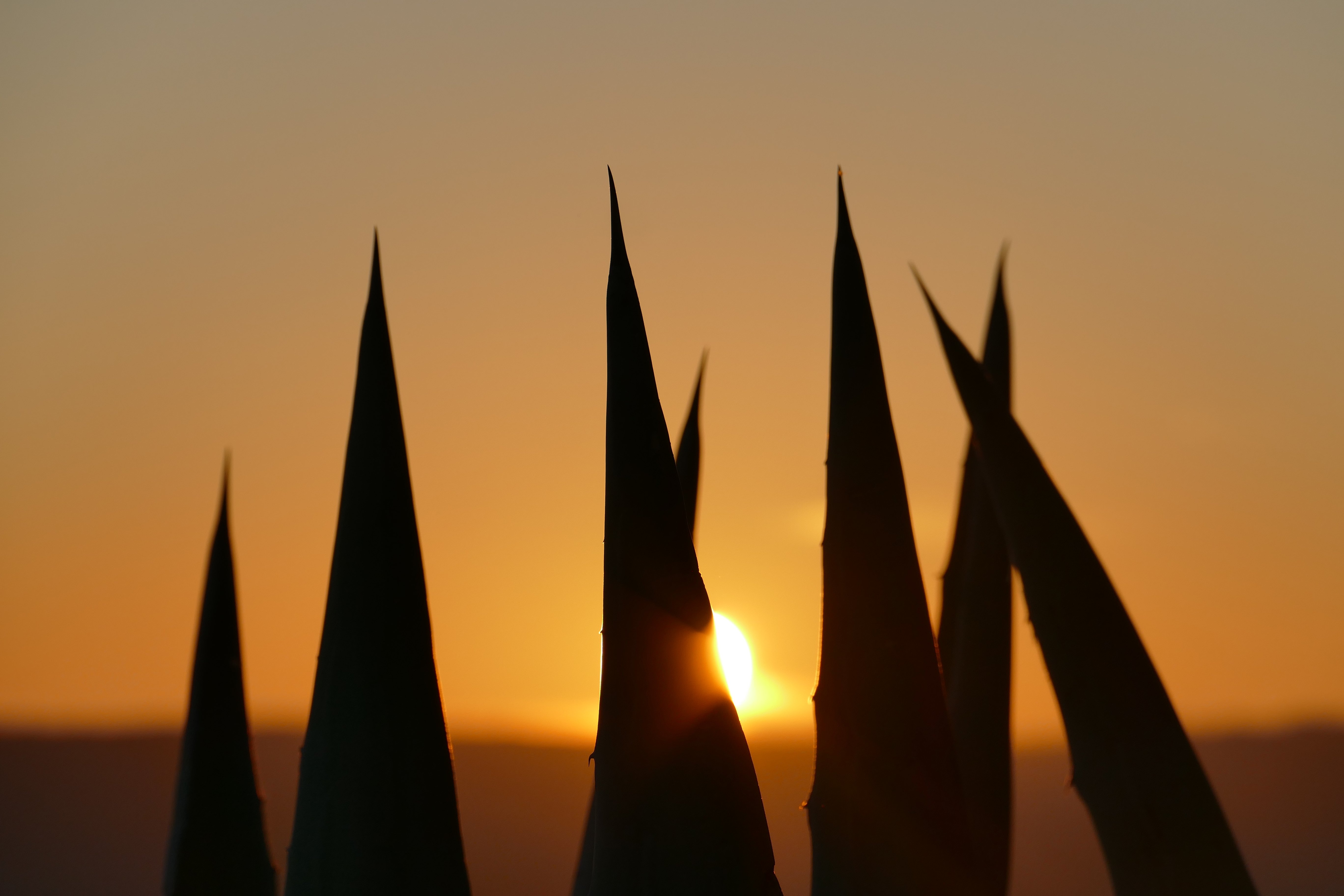 Agave americana
Agave americana
In the end, we ended up getting contributions from Italy and France, we had one colleague from the French embassy who helped and some of the best botanists we have in Croatia contributed to the book to make sure everything was absolutely correct. For that reason, the book was approved and recommended by the Botanical Society of Croatia and can be found in the Botanical library.
All images © Ivan Limić / The Plants of Klis Fortress
Croatian Forests Purchase Pilotless Aircraft
The state company wants to improve surveillance and forest security by using new technologies.
Sites in Split: Marjan Forest Park
Marjan Forest Park covers the westernmost tip of Split Peninsula. It is a green oasis, which has been cherished by the citizens of Split for generations and is considered the ‘lungs of the city.’ It covers a vast area, the size of New York’s Central Park and offers a myriad of activities and sites. There are countless paths what wend through the forests and along the coast, revealing a well-tendered landscape, jagged beaches, vista points, ancient chapels, and even a zoo.
You can take an easy stroll or a jog to the peak of Marjan hill, Telegrin, marked by the Croatian flag at 178m above sea level offering breathtaking views over Split and the Adriatic horizon. Alternatively, conduct your Marjan discovery on bike, which you can rent from the Northern Entrance to the park (a.k.a. Marjanska Vrata) for 15KN per hour; there are plenty paved roads and off-road routes to chose from.
Other than endless greenery, some hot spots to discover include:
Sustipan: A peninsula that closes off the city harbor to the west is an old cemetery nestled on a cliff face. It is a popular rock climbing spot for if you have the gear.
Sv. Jere Church: This magnificent little church was constructed into the rock face in 1500; a Croatian version of the Petra of Jordan if you will.
Vidilica Café: Found at the summit of a flight of stairs from taken from the Varoš neighborhood, here you can sip your coffee while taking in the best city panoramas.
The Zoo: Probably one of the smallest animal havens in the world but a great visit for kids.
Kašjuni Beach: Located on the southern foothills of the Marjan, this no-frills beach provides a quiet city getaway in pristine nature. A short walk takes you to Split’s only dog friendly spot dogs. This beach is also a nudist beach.
Bene Beach: Located along the northern shores of this pine-dotted peninsula, this jagged beach is a popular recreational destination with tennis courts, football, playgrounds, and a restaurant.
Getting to Marjan
It is prohibited to drive through Marjan Forest Park but you can park by the Northern Gate (a.k.a. Marjanska Vrata). Get to the Northen Gate on foot by heading up Plinarska Ulica directly behind the National Theatre of Split, cross Prilaz Vladimira Nazora Ulica and continue west down Mandalinski Put.
You can also get to Marjan from the city by climbing the stairs to Vidilica from the Varoš neighborhood west of Riva.
Alternatively, you can access from the southern side by passing through the Marjan tunnel to the Meje neighborhood and turn right at the t-junction and continue west along Šetalište Ivana Meštrovića until a ramp stops you from driving further. Park nearby and walk the rest of the way.
You can also hop on bus 12 from Riva and get off at the last stop, directly by Bene beach. Alternatively, take a little choo choo train that departs every hour in front of the National Theatre of Split in the summer from 8am to 8pm; a real popular mode of transport for the kids for just 10kn.


